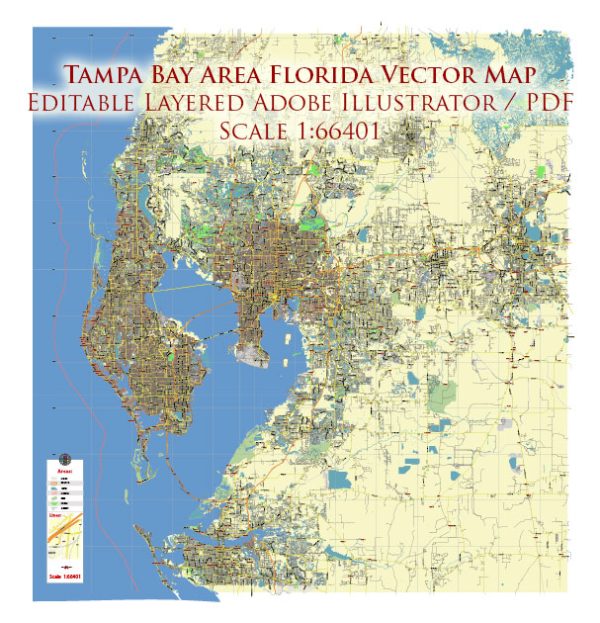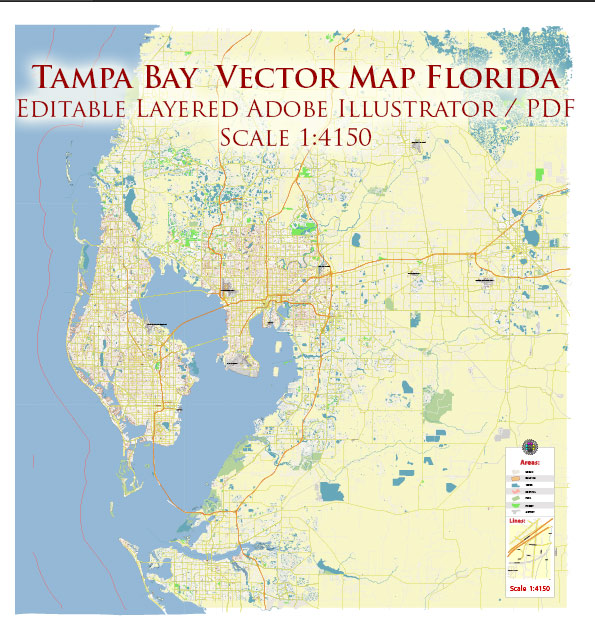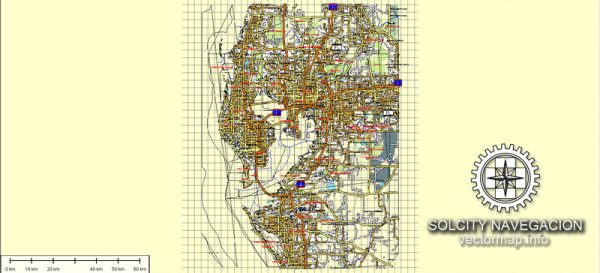Tampa Bay, located on the west coast of Florida, is a major hub for maritime and air transportation. The region’s strategic location, economic significance, and proximity to the Gulf of Mexico make it a vital center for various transportation activities.
Maritime Transportation:
- Port of Tampa Bay:
- The Port of Tampa Bay is the largest and most diversified port in Florida, handling a wide range of cargoes, including bulk, containerized, and breakbulk goods.
- It serves as a gateway for both domestic and international trade, connecting to Latin America, Europe, and other global markets.
- Channels and Waterways:
- Tampa Bay is navigable and has well-maintained channels and waterways that allow for the efficient movement of cargo vessels. These channels are dredged to accommodate large ships.
- Cargo and Cruise Terminals:
- The port has dedicated terminals for various types of cargo, including phosphate, petroleum, and general cargo.
- Tampa is also a popular cruise port, with cruise terminals serving major cruise lines.
- Ship Repair and Maintenance:
- The port supports ship repair and maintenance facilities, contributing to the maritime industry’s overall capabilities.
Air Transportation:
- Tampa International Airport (TPA):
- Tampa International Airport is a major hub for air travel in the region, serving domestic and international flights.
- It has multiple terminals, modern facilities, and is a focus city for several airlines.
- Cargo Operations:
- TPA facilitates air cargo operations, handling a significant volume of freight, including perishable goods and time-sensitive shipments.
- General Aviation:
- The region has multiple general aviation airports, catering to private and smaller aircraft.
- Military Presence:
- MacDill Air Force Base, located in Tampa, is a vital military installation with a significant impact on air transportation and national security.
Intermodal Connectivity:
- Highways and Railways:
- Tampa Bay has well-developed highway connections, including Interstate highways, facilitating the movement of goods to and from the port and airport.
- Railways also play a role in transporting cargo, with rail connections linking the region to broader rail networks.
- Logistics and Distribution Centers:
- The area features logistics and distribution centers that enhance the efficiency of cargo movements, supporting both maritime and air transportation.
Overall, Tampa Bay’s strategic location, diverse transportation infrastructure, and connectivity make it a key player in the maritime and air transportation sectors, contributing significantly to the economic vitality of the region and beyond.




 Author: Kirill Shrayber, Ph.D.
Author: Kirill Shrayber, Ph.D.